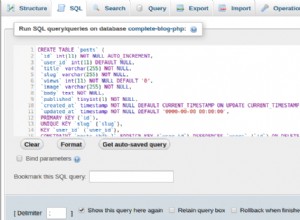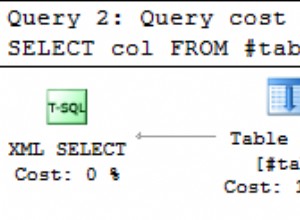Są tu fragmenty, jak to zrobić w różnych miejscach, ale nie do końca. Sposobem na to jest:
-
Utwórz unikalny login i użytkownika dla każdego schematu
-
Uczyń tych użytkowników właścicielami każdego innego schematu.
-
Ustaw domyślny schemat każdego takiego użytkownika na schemat, którego są właścicielami.
-
Użyj składni
EXECUTE ('sql commands') AS USER = 'schema-owner'aby wykonać twoje polecenia SQL w kontekście tego domyślnego schematu.
Poniższy skrypt to demonstruje:
--====== Create the Login for the User:
CREATE LOGIN [UserTest1] WITH PASSWORD='whatever', DEFAULT_DATABASE=[TestUsers], DEFAULT_LANGUAGE=[us_english]
GO
--====== Make a User for the Login:
CREATE USER [UserTest1] FOR LOGIN [UserTest1]
GO
--====== Make a Schema owned by the User and default to it:
-- (I assume that you already have the schemas)
CREATE SCHEMA [UserTest1] AUTHORIZATION [UserTest1]
GO
ALTER USER [UserTest1] WITH DEFAULT_SCHEMA=[UserTest1]
GO
--====== Make a sProc in dbo
CREATE PROCEDURE [dbo].[TestSchema_Exec] AS
SELECT 'executing in schema [dbo]'
GO
--====== Make a similar sProc in New Schema
CREATE PROCEDURE [UserTest1].[TestSchema_Exec] AS
SELECT 'executing in schema [UserTest1]'
GO
--========= Demonstrate that we can switch Default Schemas:
EXEC('TestSchema_Exec')
EXEC('TestSchema_Exec') AS USER = 'UserTest1'




